

| Sergei S. Belousov. Grammaticalization and lexicalization of existential and possessive constructions in Hebrew | |
|
Usually Modern Hebrew is considered to be a non-habere language. Standard Hebrew requires a dative possessor, an existential «particle» (or a copula), and a possessee subject, whereas in colloquial language there exists a modified possessive construction. In fact this construction resembles in its structure the Standard Average European «habere-possessive» construction, since it consists of a dative possessor, a predicate-like marker (the former morphologized «particles» and copula), and a direct object as a possessee. It is suggested that the new construction is a result of a grammaticalization process, and that the latest forms found in the colloquial speech and in the Internet may even demonstrate lexicalization features. |
|
| Kirill Kozhanov. Caritive constructions in Romani dialects | |
|
This paper discusses the use of a caritive marker in various Romani dialects of Europe. It demonstrates that originally the caritive marker bi was used only with noun phrases. Later in the Romani dialects of South East Europe under the influence of contact Balkan languages it became possible to use it with verbs as well. Whereas the caritive marker used with verbs is often a borrowed one, but the one used in noun phrases is usually inherently Romani. The morphosyntax of caritive constructions varies significantly and reflects the tendencies that take places with the dialects: levelling between nouns and personal pronouns; levelling between the caritive marker and other Romani prepositions; conceptualization of the caritive as negated comitative. |
|
| Sofia V. Lahuti. The content and functions of ‘unwan in letter structure in Shah-nameh by A. Ferdowsi | |
|
There are close to 300 messages in Shah-nameh by Ferdowsi (10th — 11th c. CE) and nearly half of them imitate written ones. Many of those letters include one or more elements of traditional formal structure, and among those elements is ‘unwan. In medieval Persian and Arabic letters, ‘unwan represent the part of the formal structure that contains information about the addresser of the letter and its addressee. In Shah-nameh, ‘unwan’s core consists of the names and titles of communicants, but official nominations are usually accompanied by additional lexical structures. |
|
| Wang Meng, Igor A. Sharonov. Pragmatic description of Russian proverbs composed of two infinitives | |
|
The paper is devoted to the problems and results of pragmatic description of Russian proverbs precisely proverbs, composed of two infinitives (Inf cop Inf). As opposed to all the other sentences, proverbs bear universal, incontestable ideas, been «folk wisdom». They are self-sufficient sentences, mini-texts. Folklorists, specialists in culturology, and phraseologists are used to study proverbs. There are a lot of dictionaries of Russian proverbs, where everybody can get information of its meaning. The pragmatics of these units, the way these units are used in dialog, speech acts the proverbs can express was not still analyzed accurately and requires special attention. Two groups of proverbs, divided on semantic-syntactic level, precisely the evaluative causal groups are under analysis to find out their pragmatic realizations. Pragmatic information of proverbs should be significant complement to traditional descriptions of proverbs in dictionaries and seems to be useful for teaching purposes at school and in teaching Russian for foreign students. |
|
| Elena G. Sokolova. Two echelons in the Russian verbal aspect category meanings and the interaction of the upper echelon aspect meanings with lexical meanings (illustrated by the verb ugodit’ — ugozhdat’) | |
|
The work was carried out in line with the research on the nature of the semantic unity of a verb which is important for applied areas of computational linguistics, namely, text generation and humaniform robots. For Russian, the verbal aspect pairs are also included into the concept of the verb polysemy. This article presents the results of the semantic study of the Russian aspect resulting in representing the aspect meanings as a two-echelons system. The upper echelon consists of four supra-contextual aspect meanings. They are found with the aim to be included into the explanatory dictionary matched with the lexical meanings of the verb. Results of a corpus study of meanings of the verb ugodit’ — ugozhdat’ and their interaction with the supra-contextual aspect meanings are presented. |
|
| Raisa I. Rozina. Elena Viktorovna Paducheva (26.09.1935 — 16.07.2019) | |
|
The first part of the article addresses the key moments in Elena Paducheva’s biography that shaped her personality and fate: the dramatic lifestories of her parents and grandparents, her acquaintance with Andrey Zalizniak, being a student of Moscow University, and obstacles at the start of her work after graduation. The second part of the article is devoted to Paducheva’s contribution to linguistics, in particular semantics of syntax, aspect and tense of the Russian verb, dynamics semantics, theory of reference, egocentric units of language and narratology. The novelty of her research is emphasized. The work of Paducheva and a group of colleagues she supervised for not less than thirty years in the project «Lexicograph» is given a detailed description. |
|
Editorial contacts:
Miusskaya sq. 6, building 2, Moscow, 125993, Russia,
Institute of Linguistics, RSUH
Mail to:
msk.ling.j@gmail.com